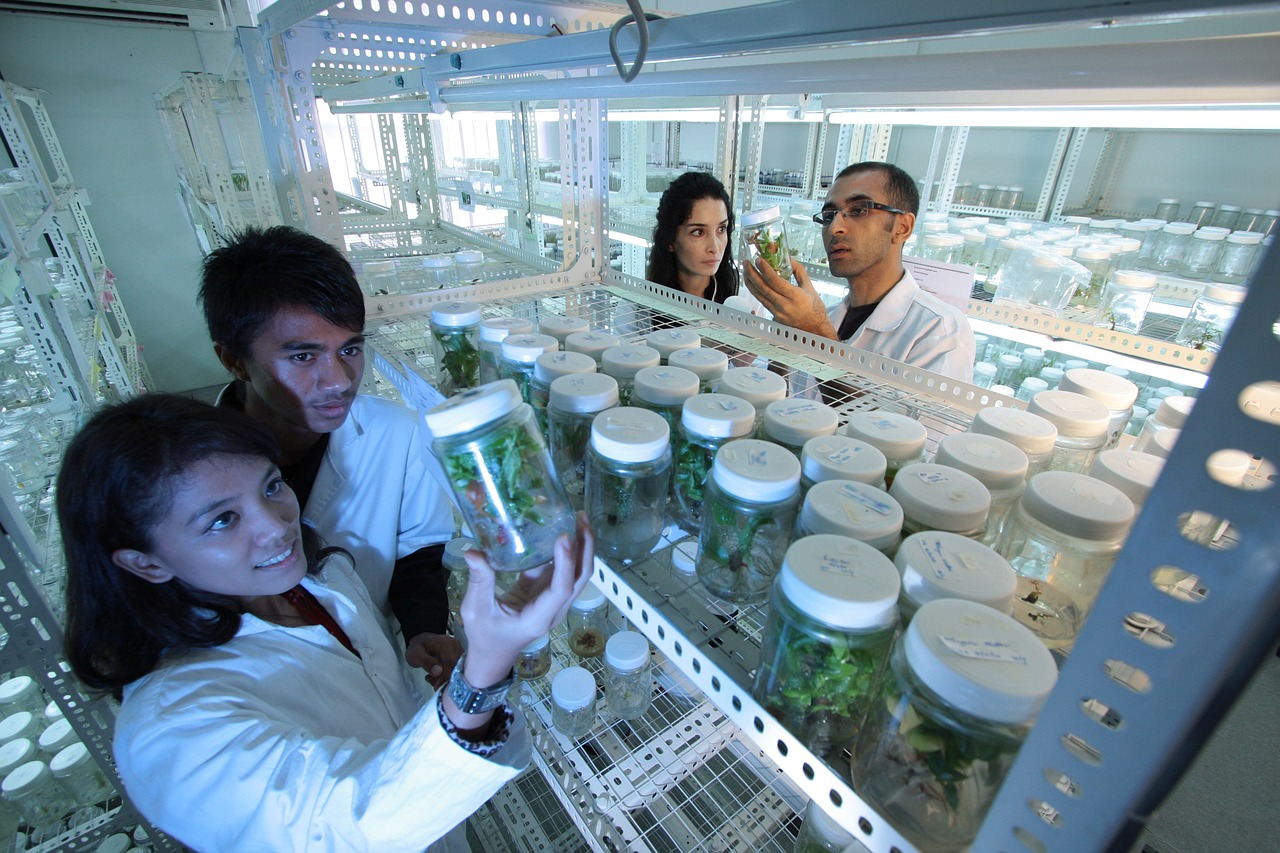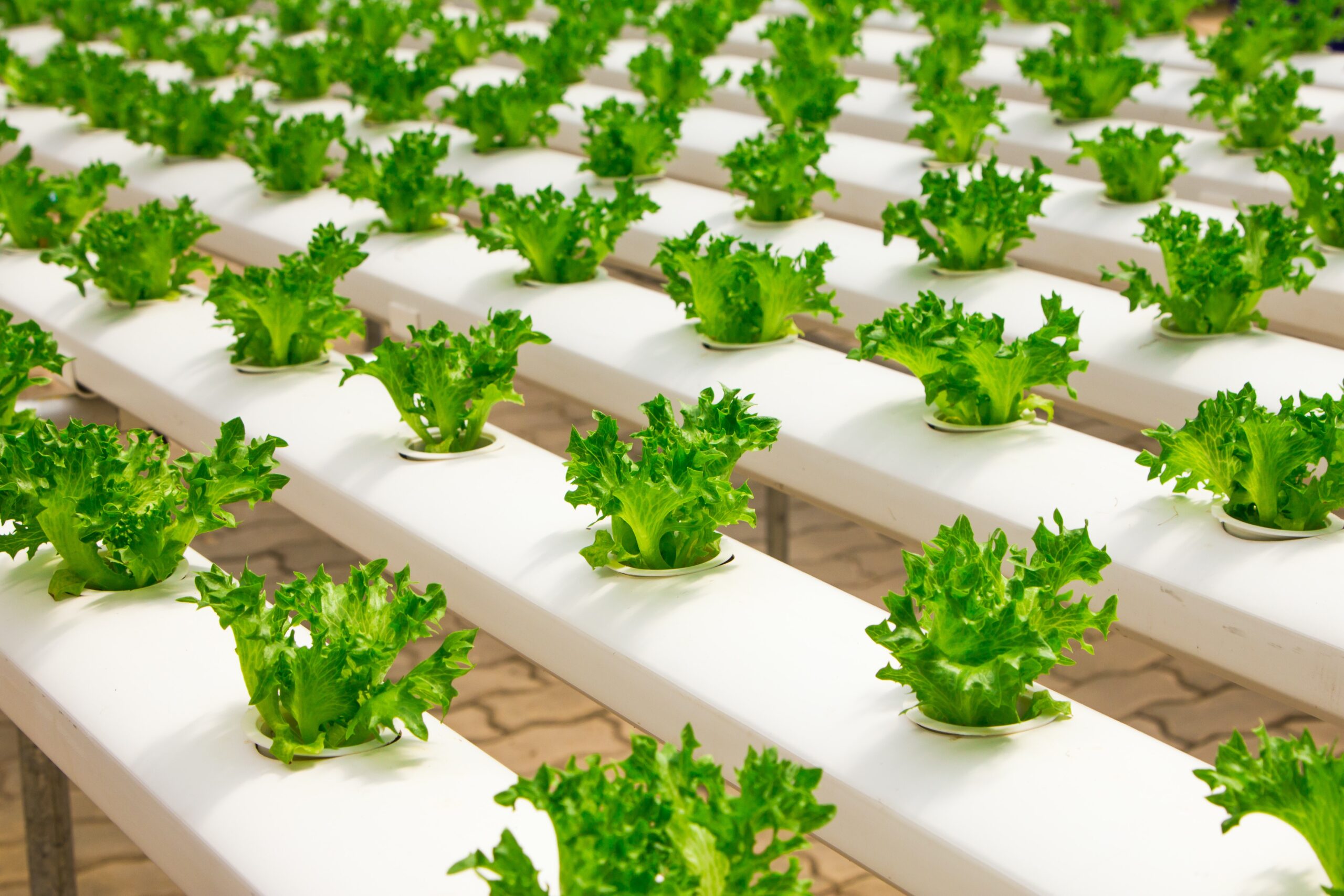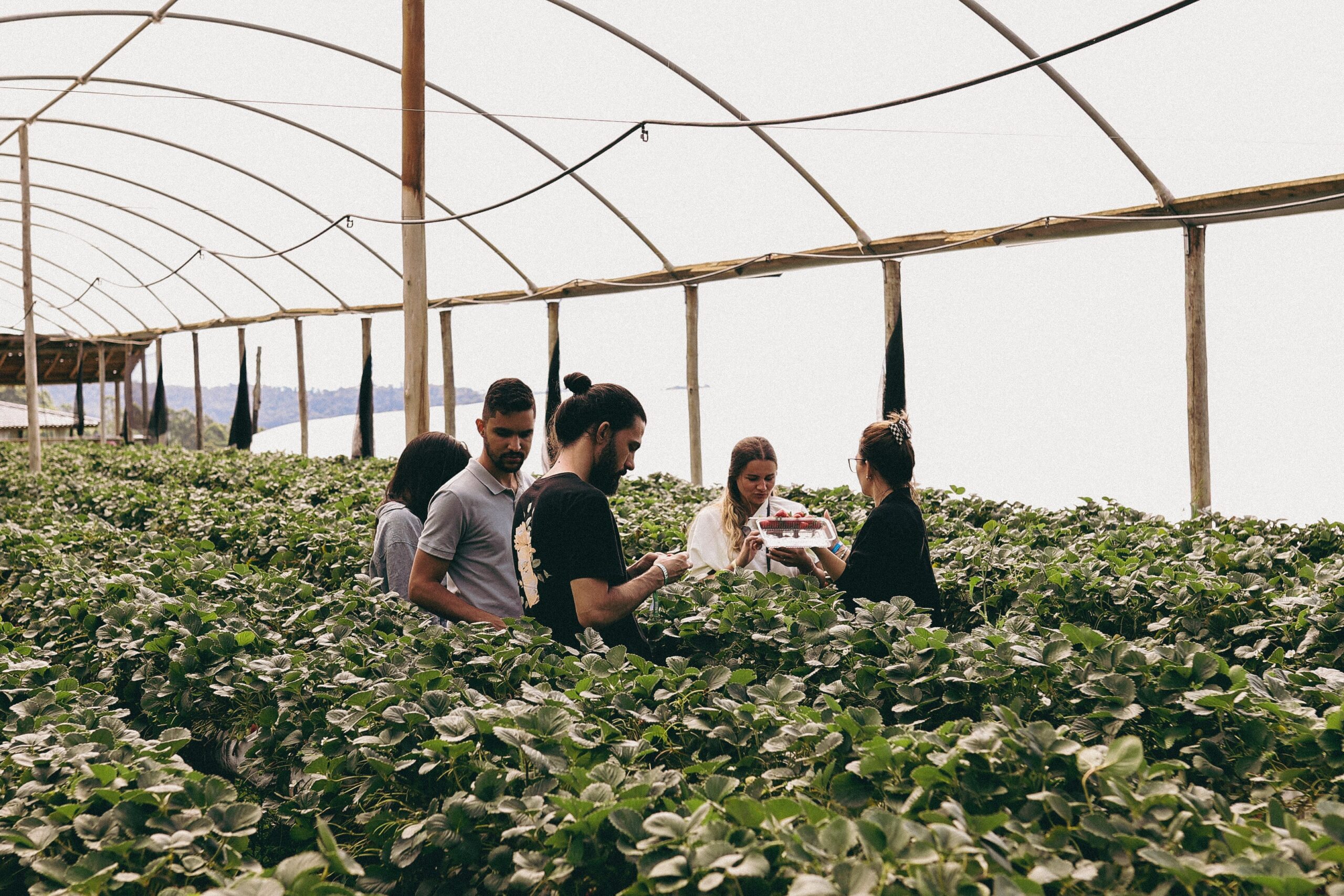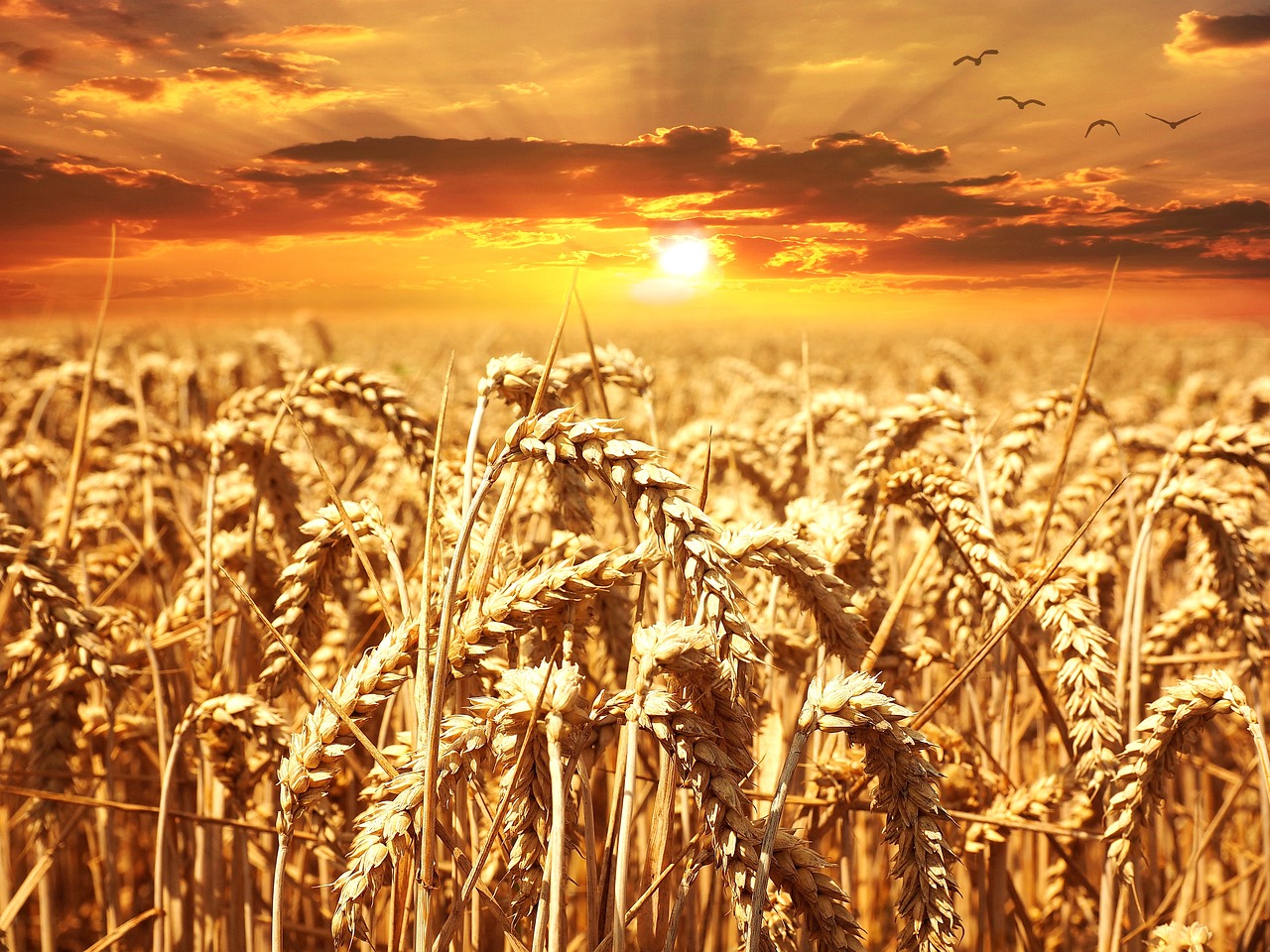Agriculture trade shows are an important platform for farmers, agribusinesses, and stakeholders in the agriculture industry to showcase their products and services, exchange knowledge, and explore new opportunities. Over the years, technology has played a significant role in the evolution of agriculture trade shows. In this blog post, we will explore the role of technology in agriculture trade shows in ten points.
1. Digitization of Trade Shows:
The digitization of agriculture trade shows has been a game-changer in recent times. With the advent of virtual and hybrid trade shows, stakeholders can now participate in trade shows from the comfort of their homes or offices, saving time and money. Virtual trade shows provide an opportunity for stakeholders to interact with each other using digital tools such as video conferencing, chat, and webinars. Hybrid trade shows, on the other hand, combine both virtual and physical attendance, providing the best of both worlds.
2. Mobile Applications:
Mobile applications are also playing a crucial role in agriculture trade shows. Trade show organizers are developing mobile applications that provide stakeholders with relevant information about the trade show, including schedules, speakers, exhibitors, and events. These mobile applications also allow stakeholders to interact with each other, schedule appointments, and access digital resources.
3. Social Media:
Social media has become an essential tool for agriculture trade shows. Trade show organizers can use social media platforms such as Facebook, Twitter, Instagram, and LinkedIn to promote the trade show, share updates, and engage with stakeholders. Social media also allows stakeholders to share their experiences and network with each other before, during, and after the trade show.
4. Robotics:
The use of robotics in agriculture trade shows is becoming increasingly popular. Robotic technology is being used to showcase various aspects of agriculture, such as harvesting, planting, and soil management. Robotics demonstrations provide stakeholders with a hands-on experience of how technology is changing the agriculture industry.
5. Drones:
Drones are also playing a critical role in agriculture trade shows. Drones can be used to capture aerial images of the trade show, providing stakeholders with a bird’s eye view of the event. Drones can also be used to showcase the use of technology in agriculture, such as precision farming and crop monitoring.
6. Augmented Reality:
Augmented reality (AR) is another technology that is being used in agriculture trade shows. AR allows stakeholders to experience a virtual reality of the agriculture industry, providing them with a better understanding of how technology is being used in the industry. AR can be used to showcase various aspects of agriculture, such as livestock management, crop monitoring, and soil analysis.
7. Artificial Intelligence:
Artificial intelligence (AI) is playing an increasingly important role in agriculture trade shows. AI technology can be used to analyze data collected during the trade show, providing insights into the needs and preferences of stakeholders. AI can also be used to personalize the trade show experience for stakeholders, providing them with relevant information and resources.
8. Big Data:
Big data is another technology that is being used in agriculture trade shows. Trade show organizers can use big data to analyze data collected during the trade show, providing insights into the preferences and needs of stakeholders. Big data can also be used to identify trends and patterns in the agriculture industry, helping stakeholders make informed decisions.
9. Virtual Reality:
Virtual reality (VR) is also being used in agriculture trade shows. VR provides stakeholders with a fully immersive experience of the agriculture industry, allowing them to explore different aspects of the industry in a virtual environment. VR can be used to showcase various aspects of agriculture, such as crop monitoring, irrigation, and soil analysis.
10. 3D Printing:
3D printing is also playing a critical role in agriculture trade shows. 3D printing technology can be used to create prototypes of agricultural equipment, allowing stakeholders to see and experience how technology is changing the agriculture industry. 3D printing can also be used to create customized parts for agricultural machinery, improving efficiency and reducing costs.
In addition to these technologies, agriculture trade shows are also incorporating other innovations such as blockchain, the Internet of Things (IoT), and machine learning. These technologies are being used to improve transparency, traceability, and efficiency in the agriculture industry.
Benefits of Technology in Agriculture Trade Shows:
The use of technology in agriculture trade shows provides several benefits for stakeholders. These benefits include:
1. Increased Efficiency:
Technology has significantly increased the efficiency of agriculture trade shows. Virtual trade shows and mobile applications allow stakeholders to participate in the trade show from anywhere, reducing the need for travel and saving time and money. The use of AI, big data, and machine learning also improves the efficiency of the trade show by providing stakeholders with relevant information and resources.
2. Improved Networking:
Technology has also improved networking opportunities for stakeholders in agriculture trade shows. Social media and mobile applications allow stakeholders to interact with each other, schedule appointments, and share information. The use of VR and AR also provides stakeholders with a more immersive experience of the agriculture industry, helping them connect with each other and build relationships.
3. Increased Access to Information:
The use of technology in agriculture trade shows has also increased access to information for stakeholders. Mobile applications and digital resources provide stakeholders with relevant information about the trade show, including schedules, speakers, and exhibitors. The use of AI and big data also provides stakeholders with insights into the preferences and needs of other stakeholders, improving decision-making.
4. Better Understanding of Technology:
The use of technology in agriculture trade shows provides stakeholders with a better understanding of how technology is changing the agriculture industry. Robotics, drones, and 3D printing demonstrations allow stakeholders to experience how technology is being used in agriculture, helping them understand its potential and impact.
Challenges of Technology in Agriculture Trade Shows:
While the use of technology in agriculture trade shows provides several benefits, it also presents some challenges. These challenges include:
1. Cost:
The cost of implementing technology in agriculture trade shows can be high, especially for smaller trade shows. The cost of developing mobile applications, incorporating VR and AR, and hiring robotics and drone experts can be prohibitive for some trade show organizers.
2. Technical Issues:
The use of technology in agriculture trade shows also presents technical challenges. Technical issues such as poor internet connectivity, glitches in mobile applications, and malfunctions of robotics and drones can disrupt the trade show and undermine stakeholders’ experience.
3. Resistance to Change:
Some stakeholders in the agriculture industry may be resistant to change and reluctant to embrace new technologies. This resistance can limit the effectiveness of technology in agriculture trade shows and slow down the adoption of new technologies.
4. Accessibility:
Not all stakeholders may have access to the technology used in agriculture trade shows. Some stakeholders may not have the necessary hardware, software, or internet connectivity to participate in virtual or hybrid trade shows.
Technology has played a significant role in the evolution of agriculture trade shows. The use of technology in agriculture trade shows provides several benefits, including increased efficiency, improved networking, increased access to information, and a better understanding of technology. However, the use of technology in agriculture trade shows also presents challenges, including cost, technical issues, resistance to change, and accessibility. To maximize the benefits of technology in agriculture trade shows, trade show organizers must balance the costs and technical challenges with the potential benefits and ensure that technology is accessible to all stakeholders.
We welcome any suggestions or questions. You can email us or contact us using the contact page.
You can also connect with us on the following social networks:









0 Comments